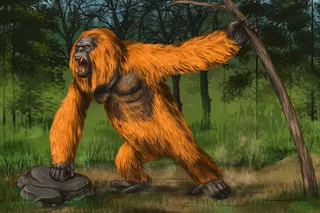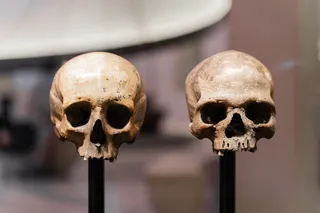Ancient Greeks knew that death was the final door they had to cross. After a burial in the Earth, water carried deceased mortals into Hades, the realm of the Underworld. They spent the rest of their existence there until they were ultimately forgotten.
The Greeks’ idea of Hades and what it looked like constantly evolved over time, but one thing was certain: Once you were dead, you could not cross back into the living (and vice versa). The guardian of these barriers between life and the afterlife was none other than the fearsome, three-headed dog-creature we know as Cerberus – Hades’ hellhound.
A hellhound is a mythical dog depicted in ancient Greek and Scandinavian mythologies.
Born from the monstrous, multi-headed Typhon and the serpent-woman Echidna, Cerberus was among the primordial monsters predating humanity. Poets and artists depict it as a large canine beast with three, sometimes 50, even 100 dog ...















